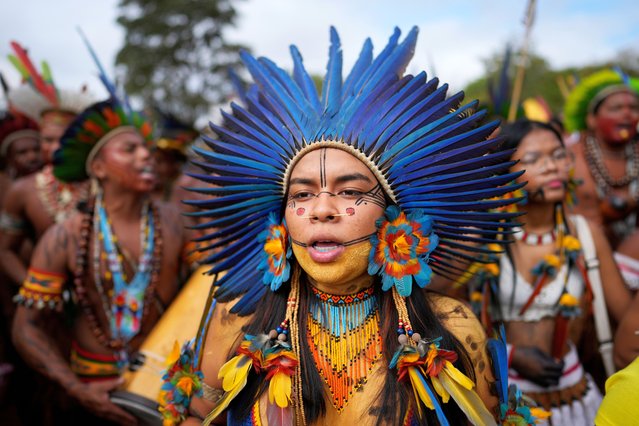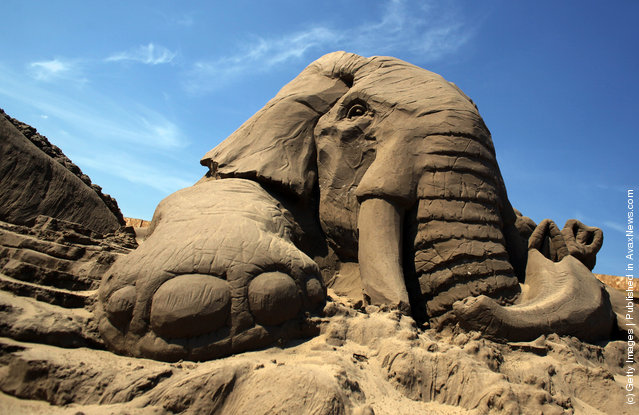
Tom Kaulitz and Heidi Klum attend Heidi Klum's 20th Annual Halloween Party presented by Amazon Prime Video and SVEDKA Vodka at Cathédrale New York on October 31, 2019 in New York City. (Photo by Craig Barritt/Getty Images for SVEDKA)
04 Nov 2019 00:05:00,post received
0 comments







